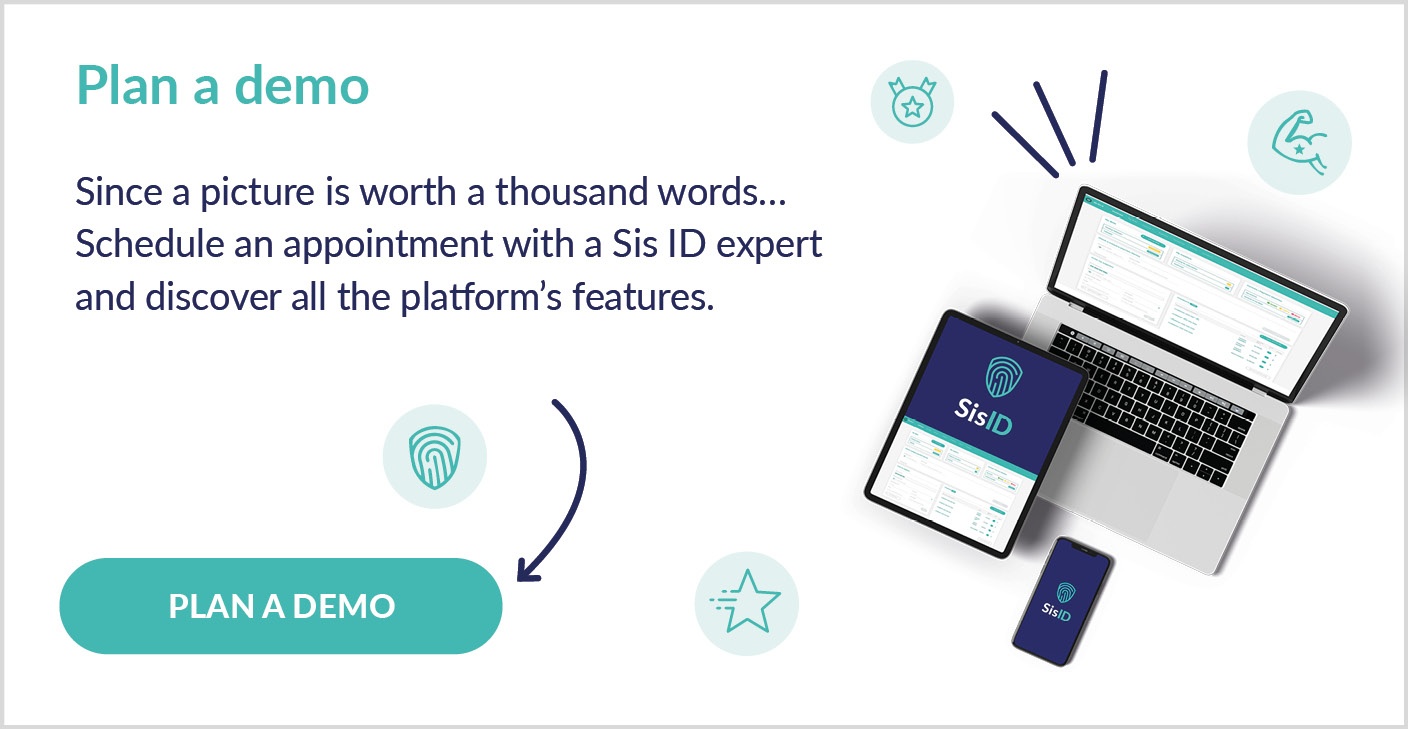Payment fraud: A step-by-step guide to safeguard your business
Payment fraud poses a significant and multifaceted threat to businesses of all sizes. The repercussions can be dire, encompassing financial losses, tarnished reputations, and operational disruptions. In our contemporary digital landscape, where the majority of transactions are conducted online, it is imperative for businesses to implement robust measures to shield themselves from the myriad forms of payment fraud.
Step 1: Understand the Types of Payment Fraud
Payment fraud can materialize in numerous forms within a business context. Gaining an in-depth understanding of these forms is crucial for recognizing potential risks.
Step 2: Analyze Vulnerabilities Within Your Business
Conducting a meticulous analysis of your business’s payment processes and systems is essential to identifying potential vulnerabilities. Evaluate your payment infrastructure—including software, hardware, and network security. Assess employee access controls, internal controls, and any third-party integrations that may pose risks. Regular vulnerability assessments and penetration testing are crucial for uncovering weaknesses that need to be addressed promptly.
Step 3: Implement Strong Authentication Measures
Utilizing secure and unique passwords for each account is paramount. Encourage regular password updates and the use of biometric authentication, such as fingerprint or facial recognition, to prevent unauthorized access to accounts and mitigate identity theft-related fraud. Implement multi-factor authentication (MFA) for access to sensitive payment systems to add an extra layer of security. By combining multiple authentication factors—such as passwords, biometrics, and one-time verification codes—businesses can significantly reduce the risk of unauthorized transactions.
Step 4: Educate Employees and Stakeholders
Employee education is a cornerstone of fraud prevention. Ensure your staff is well-versed in common fraud techniques, warning signs, and best practices to avoid falling victim to scams. Training should cover a range of topics, including different fraud schemes, phishing tactics, social engineering, secure handling of customer information, and the importance of adhering to payment protocols. Encourage employees to report any suspicious activities promptly and provide clear channels for reporting incidents. Cultivating a culture of vigilance and continuous learning is essential to stay ahead of evolving fraud tactics.
Step 5: Regularly Monitor and Analyze Transactions
Implement robust transaction monitoring and analysis systems to detect and prevent fraudulent activities. Establish thresholds and alerts for unusual transaction patterns or high-risk activities. Leverage advanced data analytics techniques and machine learning algorithms to analyze large volumes of data, identify patterns, and detect fraudulent behavior. Machine learning models, trained using historical transaction data, can learn normal behavior patterns and identify deviations that may indicate fraud. Regularly review transaction logs and promptly follow up on any suspicious transactions.

Step 6: Strengthen Vendor and Customer Verification
Verifying the legitimacy of vendors and customers is critical in preventing payment fraud. Establish thorough verification processes for onboarding vendors and customers, including verifying their identities and conducting due diligence. Implement robust identity verification measures to ensure customers’ identities are properly verified before completing high-value transactions. This may include requesting additional identification documents, verifying addresses, or utilizing third-party verification services.
Step 7: Build Strong Relationships with Payment Networks and Financial Institutions
Collaboration with other organizations, payment networks, and financial institutions can significantly enhance fraud detection efforts. Work closely with your bank, payment processors, and other financial partners to share information about fraud trends, emerging threats, and preventive measures. Fraudsters continuously adapt their techniques; therefore, regular reviews, analysis of new fraud patterns, and enhancements of fraud detection systems are crucial to staying ahead of evolving fraud tactics. Stay informed about the latest security solutions and work together to implement additional security measures for transactions and account protection. By pooling resources and sharing insights, organizations can identify fraud patterns across multiple entities and leverage collective intelligence to respond to fraud patterns more effectively.
Step 8: Design an Incident Response Plan
Despite the best preventive measures, payment fraud incidents can still occur. Having a well-defined incident response plan is crucial to minimize damages. Design a plan that outlines the steps to be taken in the event of a suspected or confirmed fraud incident. Define roles and responsibilities, establish communication channels, and outline steps for investigation, containment, and recovery. Regularly test and update the plan to ensure its effectiveness.
By implementing these strategies and maintaining a proactive stance against payment fraud, your organization will significantly reduce the risk of financial loss, protect your customers, and maintain trust in your brand.
Stay ahead of payment fraud
In the ongoing battle against payment fraud, businesses must remain vigilant, informed, and cooperative. Businesses can effectively safeguard their operations and financial health by understanding the various types of fraud, analyzing vulnerabilities, and implementing robust security measures. Collaboration and shared knowledge with financial institutions and other organizations are key to staying ahead of fraudsters and protecting valuable assets.
Payment fraud is a multifaceted threat that can have devastating consequences for businesses. Businesses must implement robust measures to safeguard themselves against payment fraud. In this guide, we will discuss the various types of payment fraud and provide a step-by-step plan to help businesses protect themselves from these risks.
They must meticulously analyze their payment processes and systems to identify potential vulnerabilities. Evaluating payment infrastructure, including software, hardware, and network security, and assessing employee access controls, internal controls, and third-party integrations are crucial steps in identifying weaknesses that need to be addressed promptly.
Despite the best preventive measures, payment fraud incidents can still occur. Having a well-defined incident response plan that outlines steps to be taken in the event of a suspected or confirmed fraud incident, including defining roles and responsibilities, establishing communication channels, and outlining steps for investigation, containment, and recovery, is crucial in minimizing damages.
By implementing these strategies and maintaining a proactive stance against payment fraud, businesses can significantly reduce the risk of financial loss, protect their customers, and maintain trust




